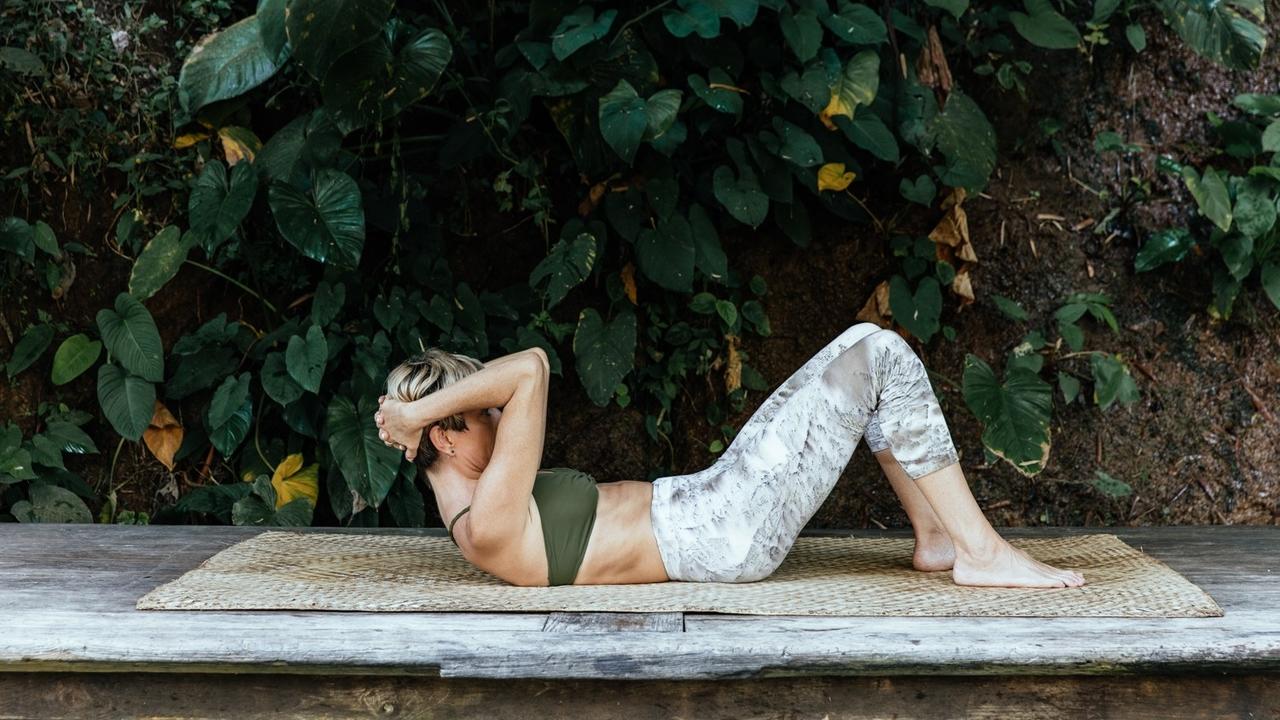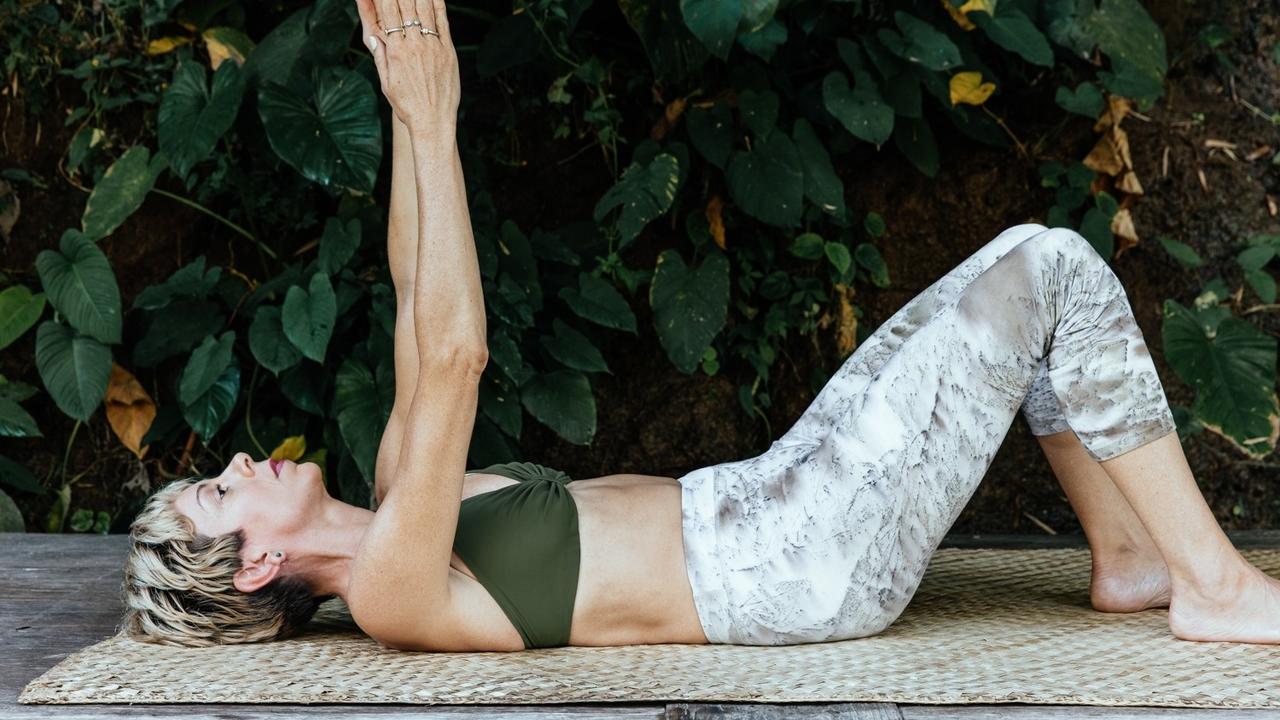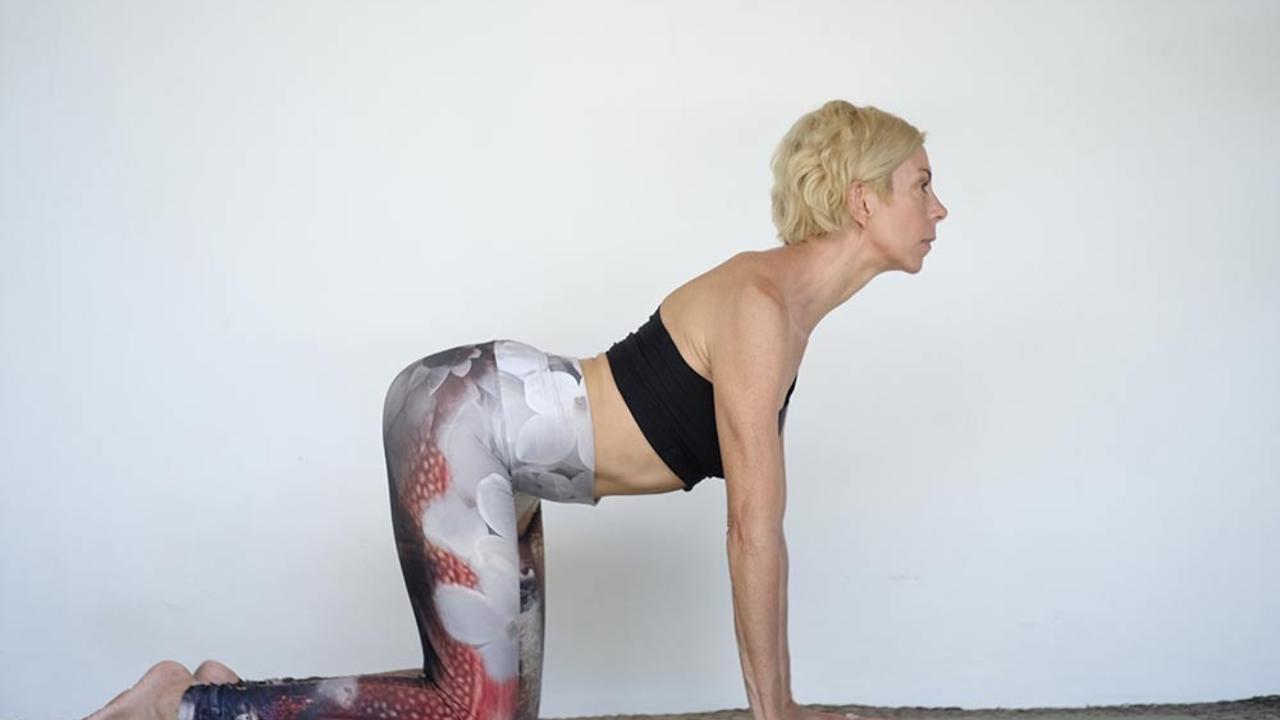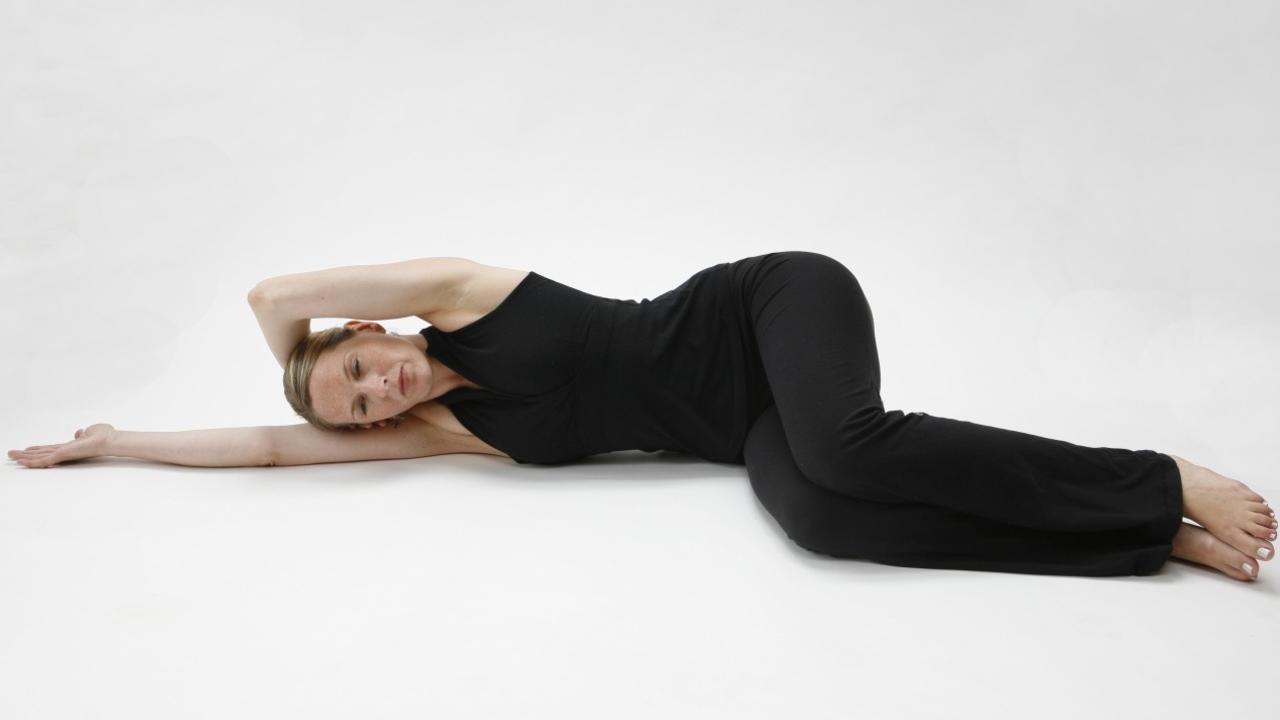Blog, News, Videos and Useful Resources
4 Simple Movements to Release Your Shoulder Pain

When it comes to solving shoulder pain you gotta remember one important thing, it’s not just your shoulders that are creating your pain!
This is the very reason why stretching or massaging your poor achy shoulders is only a temporary solution.
The answer to your pain is to look at your posture.
How your shoulders move in relation to your spine will give you all the information you need to know about why you are suffering from shoulder pain.
Let me explain why this is important. In short, your shoulder and your spine are connected, here’s how. Your upper arm bone (humerus) fits into the socket of your shoulder blade and your collarbone sits to the front of your scapula. Here’s the really important bit, as your shoulder blades sit on the back of your ribcage and your ribcages attached to your spine, any changes to your spine will affect the position of your shoulders. Get it?
And here’s the rub, a recent study to the link of shoulder pain and poor posture published in the journal of shoulder and elbow surgery reported the following; 68% of all participants who suffered from shoulder pain shared the same posture, a rounded upper back. The type of posture usually associated with ageing is now the norm with most laptops owners!
Got a hunch now that your posture has anything to do with your shoulder pain? Read on cause there’s more. When you sit slumped over your computer your upper spine rounds and this shape pushes your head forward. This change to the alignment of your head creates excessive tension to the neck and upper shoulders muscles making them work 3 times as harder than normal! Over time, a forward head posture can lead to major muscle imbalances as your body adapts to holding the weight of your head up to keep your eyes focusing forwards. Some muscles become long and weak whereas others become short and tighter.
So where do I begin I hear you cry? I just want my shoulder pain to go away. Well, a good place to start is looking at your posture. Get someone to take a photo of you from a side angle. Look at the shape of your upper back, is it rounded or flat? Is your chest pushed forwards or sunken in? Are your shoulders hunched forwards, pulled back or hanging at your sides? Once you have this information you are ready to check how your shoulders move in relation to your spine. This will give you a wealth of information to your shoulder mobility and function meaning the better range of motion you have, the less shoulder pain you’ll suffer.
Standing sideways at a mirror wearing only your underwear (so you can get a clear picture of your body and use the lines of your underwear guidelines)
Use these questions to guide you to uncover the root cause of your shoulder problems.
Is your upper back rounded forwards and you can see more of your back than front? If yes, are your shoulders rounded forwards?

Is your upper chest pushed forwards and you can see more of your front than back? If yes, are your shoulders pulled backwards?

To train your brain to what optimal alignment is, follow this sequence that will take you into both postures of slumped, rounded spine and military rigid spine. When you experience both you will learn what is correct for your body and take all the pressure off your shoulders having to do the work!
Rounded Shoulder Seq; round your upper back and allow your shoulders to round forwards. Internally rotate your arms so that the backs of your hands facing your thighs. Notice how slumped your upper body feels. Slowly uncoil from the slumped position to stand up straight. Repeat this movement to allow your brain to sense into what feels slumped and the difference between how it feels when you’re standing straighter.

Pull Backwards Shoulder Seq: lift your chest towards your chin, pull your shoulder blades towards each other and externally rotate your arms so that your palms are facing outwards. Notice how tight the back of your shoulders feel and how much this position pushes your chest forwards. Now is slowly uncoil from this military position and return to your starting point. Repeat this movement to allow your brain to sense into what feels rigid and the difference between how it feels when you’re standing more straight.

When you have a clear sense of what both types of posture do to your shoulders then move from one to another to increase your range of movement in your spine and in your shoulders.
Once you have done 10 rounds of each spinal posture and come to standing and check out your new alignment.

Repeat daily for 2 weeks to develop your new posture and delete your shoulder pain. Notice how many people ask you have you lost weight!!!
For a full understanding of how muscular tension and knots lead to poor posture, chronic pain and even emotional stress, check out "Stuck Stress Solutions", my introductory course to somatic movement.
In this, we cover my most effective techniques to identify the real causes of your stress and pain, and how to quickly release that tension in just 10 minutes a day.
Check out Stuck Stress Solutions here.
Stay connected with news and updates!
Join our mailing list to receive the latest news and updates from our team. You'r information will not be shared.
Other Posts

Relax & Release Lower Back Pain Sequence

PSOAs Release Sequence: How To Feel Less Stressed & Triggered

Release Sore, Tight Hip Tension: Invert/Evert Sequence

How To Solve Your Stubborn Shoulder Pain: Somatic Shoulder Slings

How Yoga Can Solve Your Back Pain

4 Simple Movements to Release Your Shoulder Pain

51 Beautifully Fearless Affirmations To Reduce Your Anxiety

9 Powerful Supplements You'll Need To Be Anxiety Free

What is Align Somatics?

A Pain Free Life

No Longer Trapped in My Own Body

A Complete Change of Life

Overcoming the Effects of Being Hunched Over a Desk

The Brain Beats Pain

Lower Back Pain Release

How to Relax Those Lower Back Muscles

Learn How to Relax All of Your Back Muscles

How to Improve Shoulder Mobility

Lengthening Tight Psoas Muscles

Techniques for Relaxing Spinal Muscles





